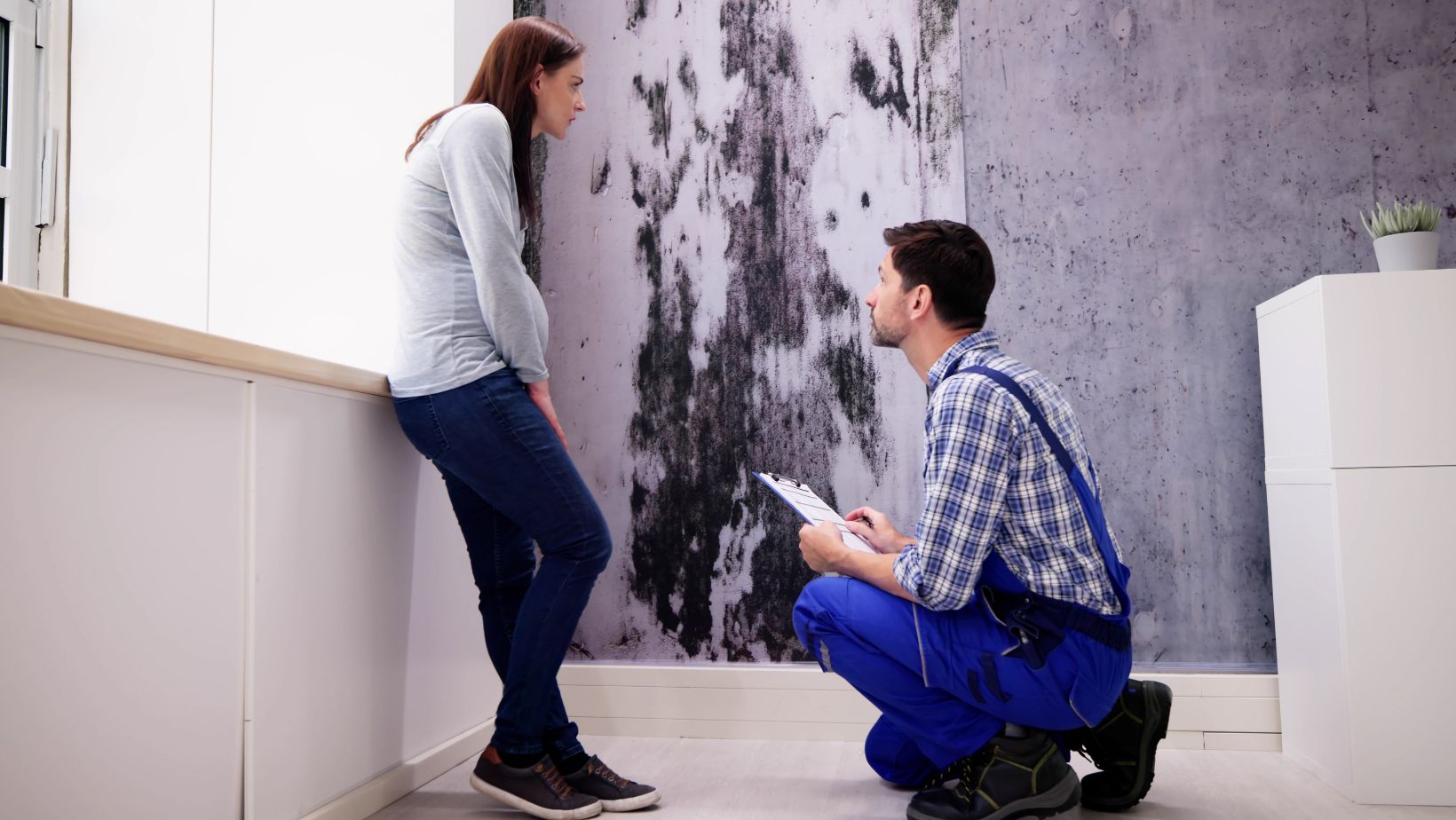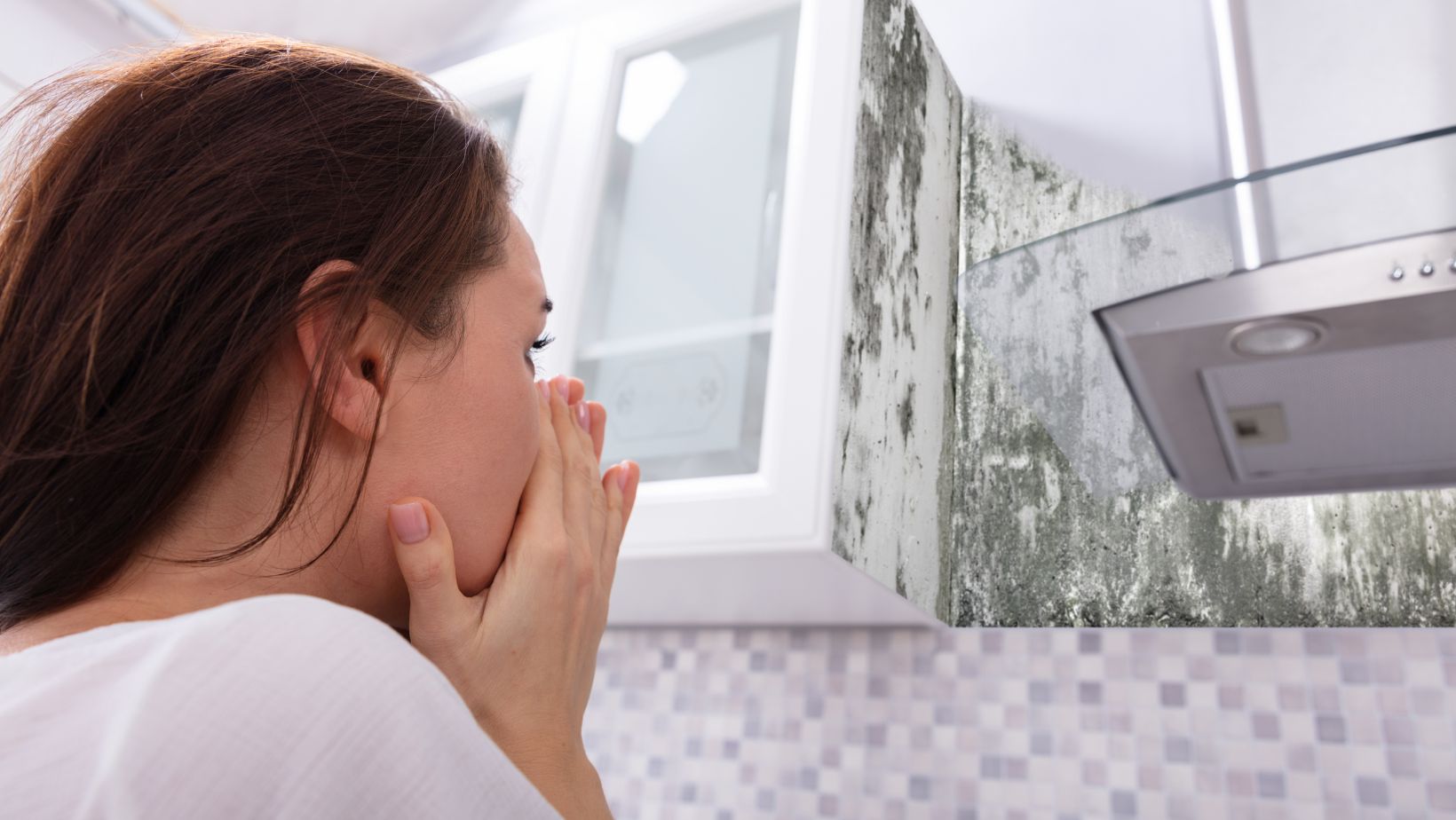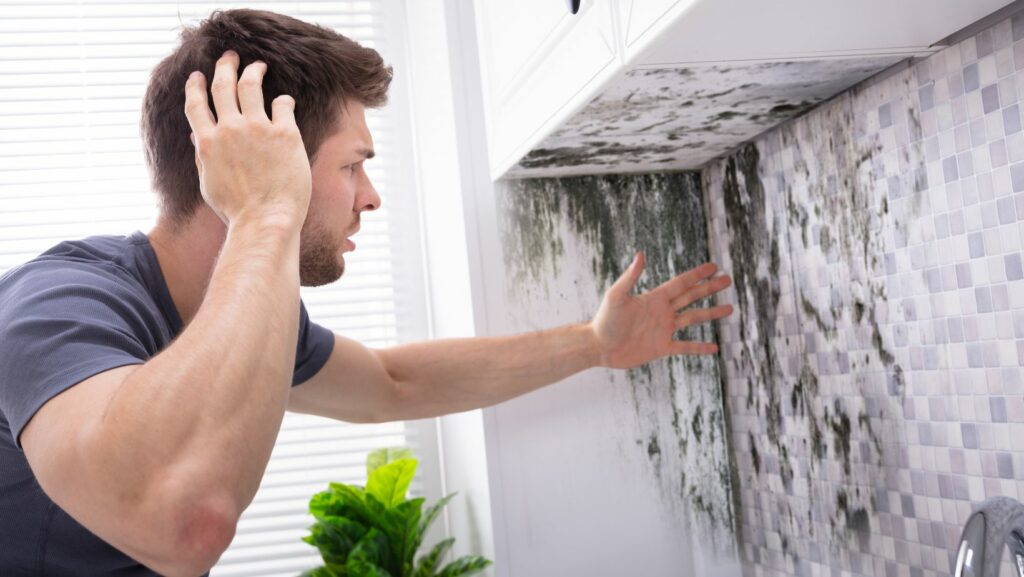Mold is a common issue in rental properties, often caused by excess moisture, poor ventilation, and untreated leaks. It can lead to serious health risks, including respiratory issues, allergies, and worsening conditions like asthma. For tenants in Toronto, living in a mold-infested rental unit can be both uncomfortable and hazardous. When mold is left untreated, it can also indicate underlying property issues, such as water damage in Toronto homes, which can escalate into costly repairs if ignored.
Beyond health concerns, mold infestations can cause property deterioration, affecting walls, ceilings, and floors. Since Toronto’s climate includes high humidity levels, mold can develop quickly if landlords fail to take necessary precautions. If mold is found in a rental unit, tenants have the right to request action from their landlord to address the problem.
Tenant Rights Regarding Mold in Toronto
Under Ontario’s Residential Tenancies Act (RTA), tenants have the right to live in a rental unit that meets health and safety standards. This means that if mold is present due to issues beyond the tenant’s control—such as a plumbing leak or structural problems—landlords must take appropriate action.
If a tenant notices mold growth, they should notify their landlord in writing as soon as possible. Landlords are legally required to address the issue in a timely manner. Ignoring mold problems can lead to legal consequences, and tenants may be able to file a complaint with the Landlord and Tenant Board (LTB) if landlords fail to take action. Additionally, if the mold is caused by water damage in Toronto rental units, it’s crucial for landlords to repair the source of moisture immediately to prevent further deterioration.
Landlord Responsibilities for Mold Prevention & Removal
Landlords in Toronto are legally obligated to maintain their rental units in good condition. This includes preventing and addressing mold-related problems.

If a landlord fails to act, tenants may seek legal remedies. Here’s what landlords must do when mold issues arise:
1. Conduct a Thorough Inspection
Upon receiving a tenant’s complaint, landlords should assess the extent of the mold problem. If there are signs of excessive moisture or leaks, immediate action is required.
2. Address the Root Cause
Mold often thrives in damp environments. If the mold problem stems from water damage in Toronto rental properties, the landlord must first repair any leaks, broken pipes, or faulty drainage systems to prevent further mold growth.
3. Hire Professional Mold Remediation Services
Landlords should not attempt DIY mold removal, especially in cases of extensive growth. Proper mold removal in Toronto requires professional expertise. Certified mold remediation companies can safely eliminate mold and prevent recurrence, ensuring that the rental unit remains habitable for tenants.
4. Provide Timely Updates to Tenants
Landlords should keep tenants informed about the steps being taken to resolve the issue. Open communication helps build trust and ensures compliance with legal requirements.
5. Prevent Future Mold Growth
Once the mold has been removed, landlords should take proactive steps to prevent future outbreaks. This includes improving ventilation, repairing structural damages, and addressing any underlying moisture issues.
Resolving Mold Disputes: Tenant and Landlord Actions
Despite legal obligations, some landlords may neglect their responsibilities. If a landlord refuses to address mold problems, tenants have several options:
- Document the Issue: Tenants should take photos and keep records of all communications with the landlord.
- File a Complaint with the LTB: If a landlord fails to act, tenants can file an application with the Landlord and Tenant Board to seek legal remedies.
- Request a Health Inspection: In severe cases, tenants can contact Toronto Public Health for an inspection. If the rental unit is deemed unsafe, the landlord may face fines or legal action.
Mold issues often go hand-in-hand with water damage in Toronto rental properties. If landlords address moisture problems early, they can avoid costly legal disputes and maintain positive tenant relationships.
Ideal Practices for Mold Prevention in Rental Units
Preventing mold is always better than dealing with an infestation. Landlords can implement the following best practices to keep their rental properties mold-free:

- Regular Inspections: Conduct routine checks to identify potential moisture problems before they worsen.
- Prompt Repairs: Fix leaks and plumbing issues immediately to prevent mold growth.
- Proper Ventilation: Encourage tenants to use exhaust fans in bathrooms and kitchens.
- Dehumidifiers: Provide dehumidifiers in units prone to excessive moisture.
- Tenant Education: Inform tenants about the importance of reporting leaks and keeping their living spaces dry.
By taking these preventive measures, landlords can reduce the likelihood of mold problems and avoid costly mold removal services in Toronto.
Ensuring a Healthy Living Environment for Tenants
Mold in rental units is a serious issue that requires immediate attention. Tenants in Toronto have the legal right to demand mold-free living conditions, and landlords must comply with their responsibilities under the law. Whether caused by poor ventilation or water damage in Toronto properties, mold must be addressed swiftly to ensure the health and safety of tenants.
By understanding tenant rights and landlord obligations, both parties can work together to maintain a safe and habitable environment. If mold problems persist, professional mold removal in Toronto is the best course of action to prevent long-term damage and legal disputes. Responsible property management not only ensures compliance with tenant rights but also protects the integrity of rental properties in the long run.
